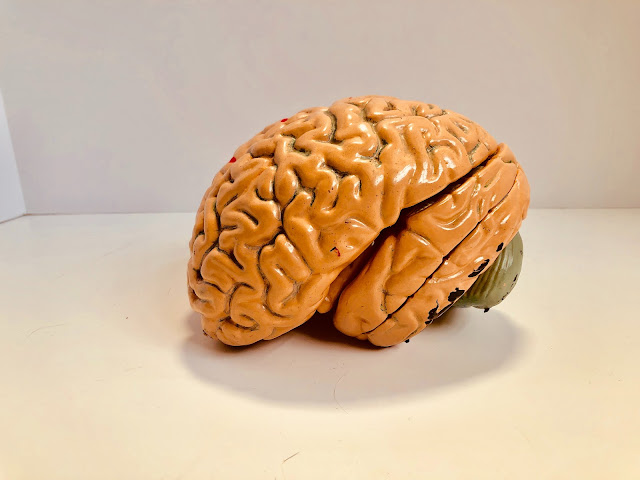Marketing estratégico: definición del producto. Un caso práctico (III)
Pues ya lo tengo. Tengo que definir más en los próximos días (como bien dice mi mujer: buena idea, pero hay que madurarlo un montón), pero este post me sirve para "pensar en voz alta". Sólo una mala noticia para aquellos de vosotros que a estas alturas del mensaje no estáis ya aburridos de "productos" y "marketing". Como quiero aprovechar estas notas para el Plan de Marketing final, voy a escribir esta parte en inglés :( :( Si alguien realmente desea que se lo cuente en español, pues que me lo diga y se lo resumo sin problema! ;)
The basis of the product will be “Competitive” Intelligence for NGOs and Social Entrepreneurs. Please note that “Competitive” is not the most correct definition, but it can help you grasp the concept. The idea is that NGOs and Social Entrepreneurs have a really hard time finding information about the specific area they want to provide help to, or the political conflicts they must take into account, or the social laws related to a specific issue. They spend a lot of time researching for information.
My goal is to provide a product that combines the typical Web 2.0, social-based capabilities seen in other services such as UnLtd World (http://unltdworld.com/) or WiserEarth (http://www.wiserearth.org/), but which main value proposition is the integration of external and public sources to provide combined and structured information relevant to the entrepreneur´s specific area of interest.
So, for example, a Spanish NGO might be working in the outskirsts of
- Culture. How to approach gypsies, the whys of their nomadic behaviour
- History. To better understand their background.
- Laws. Which recent or historical laws are related to our case.
- News. Recent news about relocations, confrontations with police, etc.
- Maps. Some of the previous information can be “mashed up” so that geographical information can be shown.
- Research. Patent information. What are pharma companies doing regarding a specific drug?
- Blogs. What conflicts are being published by journalists?
- …
Bueno, pues esto es lo que hay por ahora... creo que como ejercicio me resultará muy interesante... que sea un producto/servicio válido para el mercado, esa es otra historia...tras esta descripción inicial, me centraré en una definición más formal, y en comenzar a pensar en producto completo, segmentación, etc.



Comments